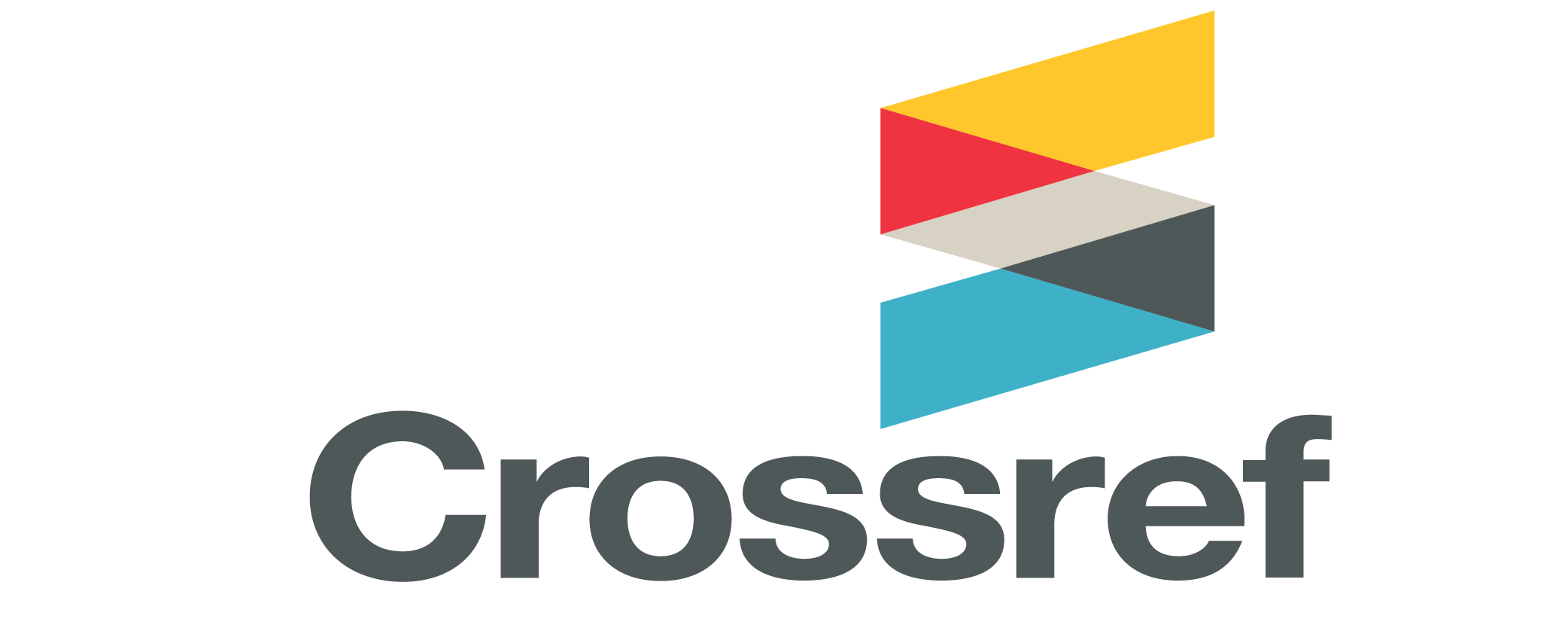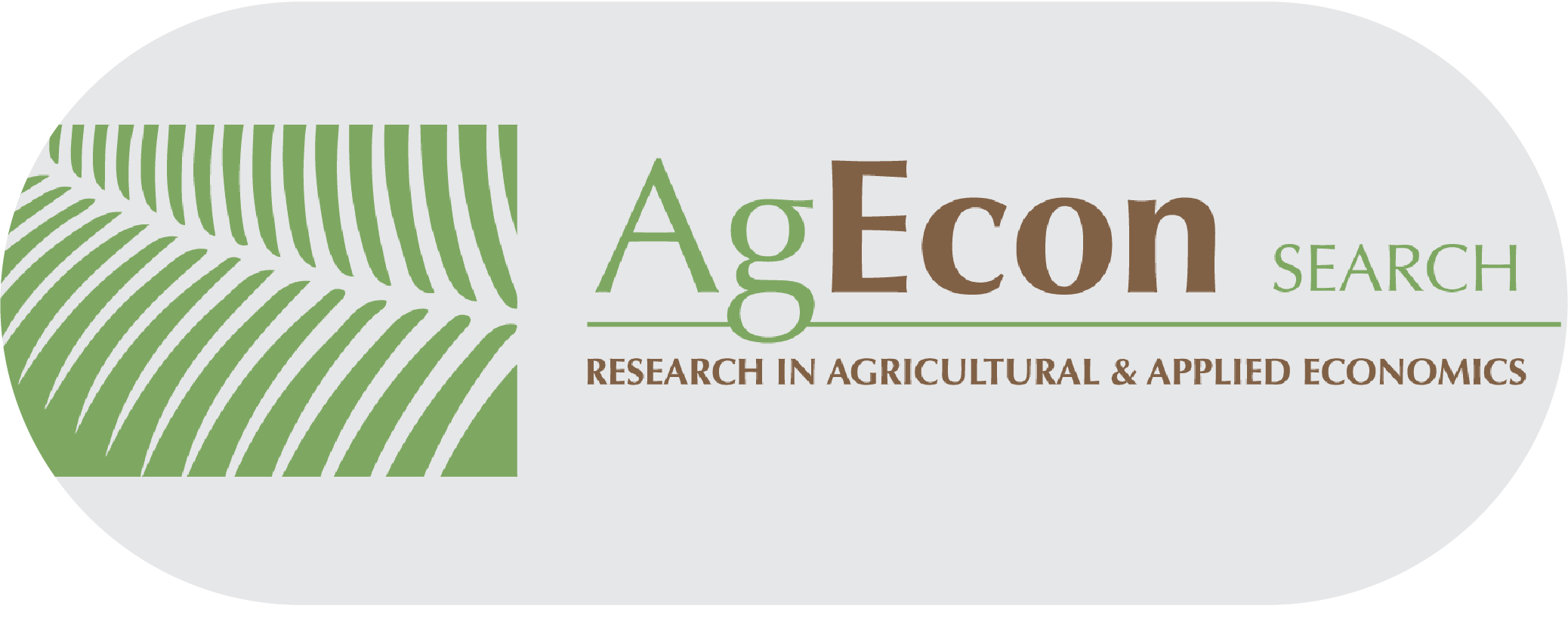Search
Search Results
-
Economics of fairness within the food supply chain in context of the EU
107-116Views:193The paper broaches the issue of unfair trading practices (UTPs) at the expense of, economically spoken, weaker actors among the food supply chain in context of the EU. For illustrating the concept of UTPs and delivering a theoretical basis for scrutinizing the term of fairness in respective trading practices the paper suggests the three variables 1) bargaining power, 2) market power/anti competitive practices and 3) unequal gain distribution. Subsequently the article presents selected national food-specific legislative based reactions towards UTPs evolved in context of the three variables. Ultimately the paper presents a qualitatively generated hypothesis which presumes that legislative food-specific measurements focussing on protecting suppliers lead to a beneficial monetary share for farmers, by means of influencing the producer price to a monetarily advantageous extent. The hypothesis was generated unprejudiced in the run-up to the paper. The research design which led to the hypothesis mentioned will be presented.
-
Experiences on organisation of fruit and vegetable sector in Hungary
65-67Views:132The objectives are (1) to reveal some current issues on organisations founded by fruit and vegetable producers and (2) to stress upon those factors that should be highlighted in the very next future. In Hungary, POs have been accounting for bigger share of fruit and vegetable trading in Hungary, which refers to a better organisation in the sector. Bargaining force and level of experience on running such businesses, although, are still much behind the level expected. Flexibility and speed of a running business are highly determined by the legal form of Pos. The most favourite form is cooperative that is not flexible enough as a business form, especially for starting businesses. Low yearly turnover and weak market power feature the POs, preferring short time solutions to strategic thinking. It is macro environmental factors that generate short term thinking, but coupled with mismanagement on different levels of corporate management.
-
A Value chain analysis of Sesame (Sesame Indicum L.) in South Omo Zone, Southern Ethiopia
Views:177Sesame is the main cash crop in Ethiopia and it is mainly produced in northern and southern part of the country especially South Omo Zone. In the zone sesame is highly produced, but it production is not known regionally and at a country level. So this study was aimed to research sesame value chain of the Zone. Simple descriptive statistics and value chain approach were employed for data analysis during this study. It attempts to deal with mapping and identifying sesame value chain actors and their roles, examines marketing channel, cost margin structure and assessing challenges and opportunities within the study area. The results of the study indicated that out 5589.3 quintals were supplied to markets for various actors and five alternative marketing channels were identified to transact the sesame product through intermediaries. The most important volume of sesame (4900.8 quintals) was marketed through channel V and the lowest volume in channel I. producers get the highest share in channel IV and the lowest in channel II. Barriers to entry traders into the market are that the capital requirement and therefore the wholesalers govern by volume transacted and internal control criteria within the market. Fertile land and high demand for the product were essential opportunity. Pests and disease, Low level of input utilization, Shortage of input supply and high price of inputs were the challenges of sesame production whereas lack of market information, price variability, delay of buyers, low bargaining power and poor product quality were the challenges sesame marketing.





